Changing the Image of Progress
It’s not too complicated. You can see where things took hold – when we began losing our hand skills. Well, it’s not so much that we lost them, or lost them forever, more that the potential for developing such skills took a nose dive for a century or so, so the potential for owning skills lay there as if on a shelf, untapped and therefor not developed or possibly developed to a very minimal level – stunted if you will. You see before then skills were transferred word of mouth, one on one, man to boy; at least that’s how it was in woodworking crafts like mine.
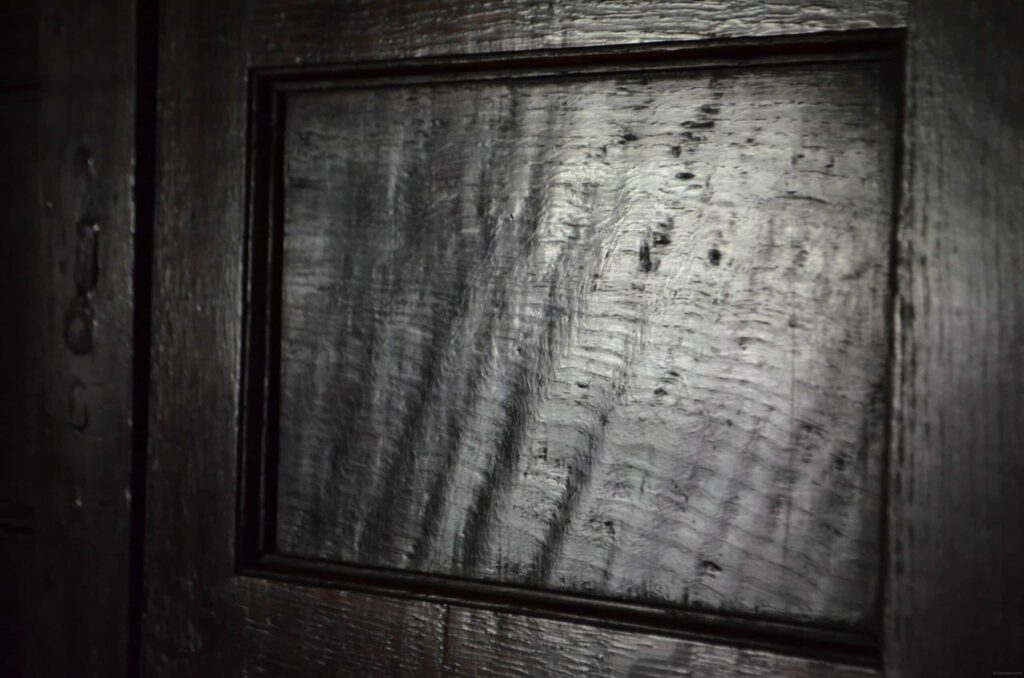
The thing is this: when you see skilled people working all around you you know that such skills are truly possible as a part of historic cultures around the globe. Mostly it was relative you see. Related to life all around you. You would have been surrounded by artisans of every craft type. Most people would be normally exposed to skilled work and skilled artificers in the day to day of life. Walk out the door of anywhere and you would see someone making. It’s here I say take yourself back to a past era, say to the 1820s. A man stands at the workbench he fashioned with tools he most likely would have fashioned himself from iron and wood, brass, bone and such.
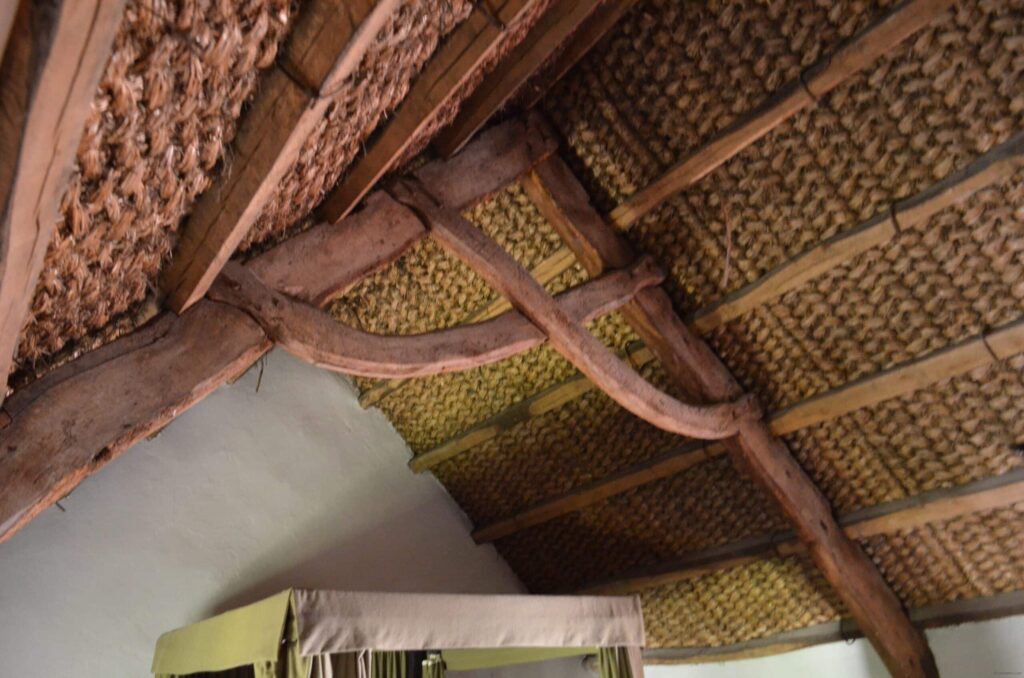
The beech brace looks so fit for purpose, worn by decades from the grasp of a man’s hands working it. The pounding of the mallets, saws sawing and wood planks being stacked and racked amidst echoes of life along cobblestoned streets as men worked their wood and built the needs of life. Skilled artists of every imaginable skill live shoulder to shoulder and your young eyes take in the sights as you pass through alleyways and doorways.
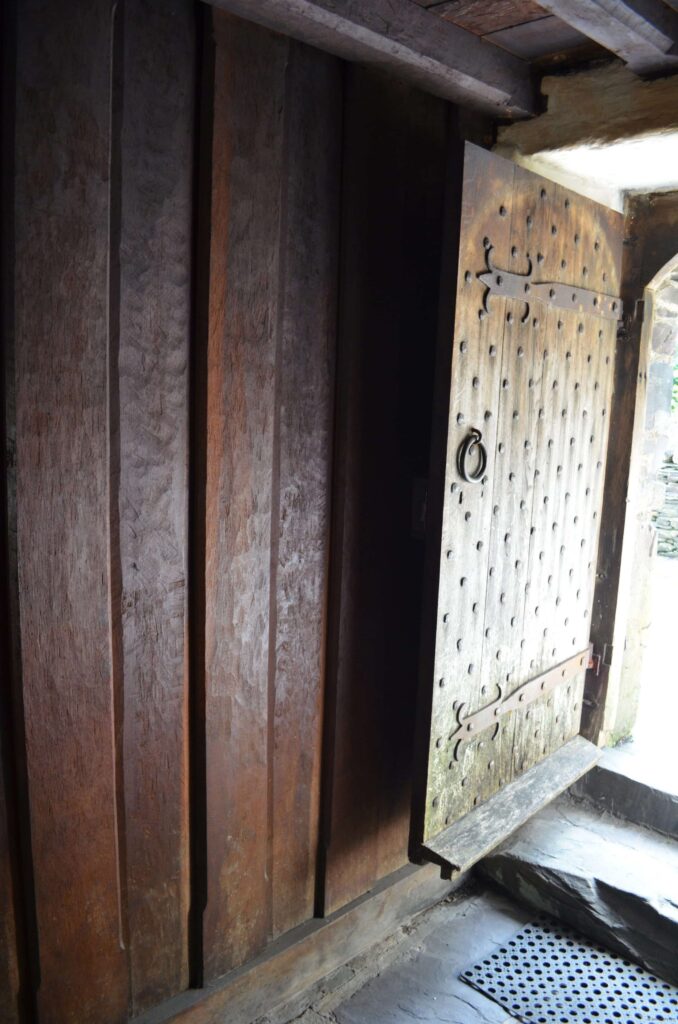
The wooden carts are loaded with hand made pieces. Wrought ironwork with red hot rivets being hammered on the anvil begin to form massive gates. Your senses pick up the minutest detail and you know without doubt that man, woman, child too are able to perform the most skilful work with a handful of basic tools and a pair of hands. The whole world is telling you skill is in the hands of working people. You don’t doubt that with the right input into your thirteen year old life that you too will become skilful.

In the middle of the workshop shelves are lined with wooden planes. A man reaches up to pull one from the cluster and he swipes off twenty successive strokes. Before your eyes the muscles flex, arms stretch from fold to full length and stroke by stroke a mould appears as if from a time-lapse video. Right there the mould is fully formed and shiny smooth; it’s as silk to your eyes and then your fingertips. There is no need of sandpaper to smooth it. There are no ripples in the coves and beads yet it took such little effort. Across the workshop another carpenter slices off a skimpy shaving by chisel an inch or more wide. Nothing guides him except his self control. The mortise cut, he lifts the tenoned rail and slips it into the mortise, takes up a mallet and drives it home. You’ve seen these things with your eyes. You’ve smelt all kinds of woods.

Oaks and mahoganies, satin wood and pine. The atmosphere is in constant charge and you smell it. You touch the surfaces of the woods. You feel the smoothness and then as if in a symphony your ears pick out the flute and the oboe sounds from the plough, the filletster, the shoulder plane and the tiny narrow bullnose. On and on it goes this exposure to skilled work, skilled workmen, skilled women. You know skill exists in the hands of people wearing away in life and there are no electric cables, no battery chargers, no screaming machines. It’s all skill.
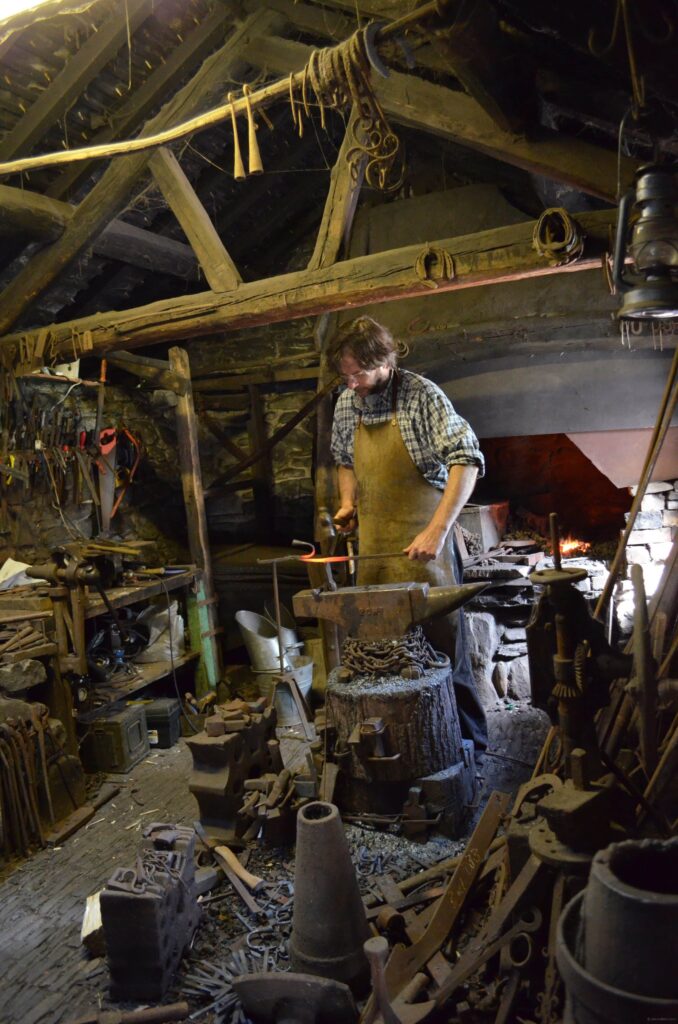
The people working? The people wore cotton and wool clothes, leather aprons. The colours sober, some ragged, others not. There’s no such thing as lightweight, high-viz and no compliant steel toe caps and no hard hat or hard hat zones. The wood is often riven, beams are pit sawn and then others are adzed and axed to rough sizes. You see skill in use every minute if every day. Some smart aleck in our modern world says, “Work smart not hard.” They worked both hard and smart.
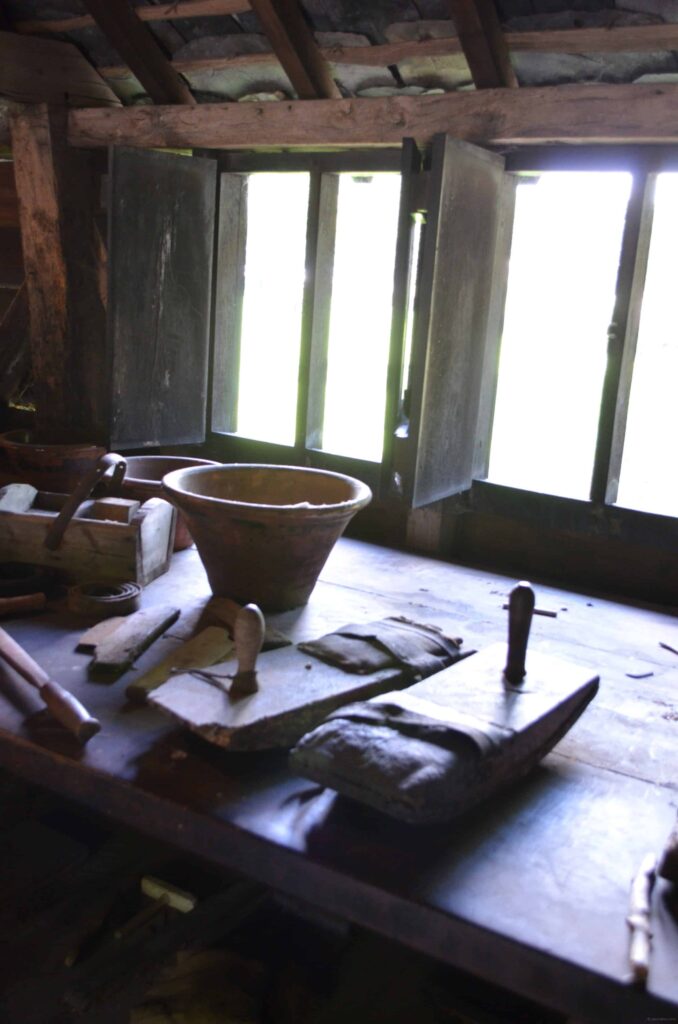
There’s something about skilled work that must be earned. No one gives you skilled work as you might download an app. That’s one thing that’s never changed. Thank goodness for that. Skilled work becomes a way of life for some of us. We like the challenges that present along the way and we know skill exists because we see skilled work left to us by our ancestors. Of course it’s not nostalgic, reality, but it’s more real somehow.
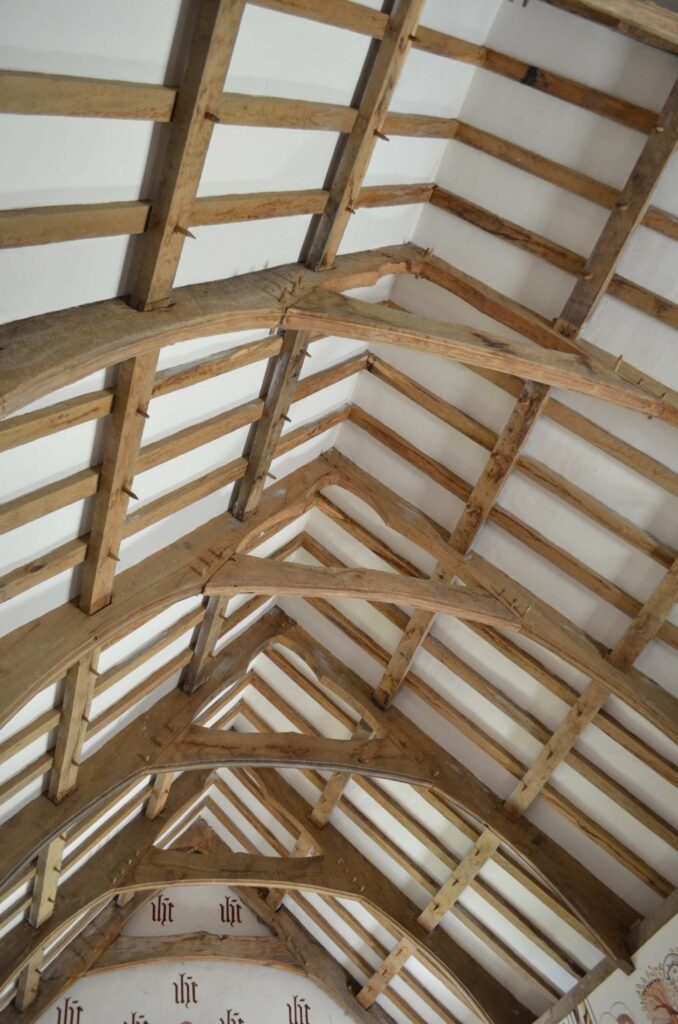
A building made of oak and chestnut stands a thousand years without much effort beyond its standing. An oak chest protects and stores inside the walls using the same joints carved and formed by the hands of men. We see such things knowing that only a small percentage of such skilled crafting artisans survives to continue the work. Few even know to lament the loss.


I’m thinking of all the handwork that went into Notre Dame in Paris.
It is said cathedrals are living things and that in a thousand years some calamity happens. The cathedral is repaired, the community goes on.
It will be interesting to see just how the building is rebuilt.
You do need to publish a book of your photography.
Beautifully said. Thank you.
It’s interesting Paul, I really enjoy your blog but you talk as if all skilled woodworking has been lost in time and modern day woodworkers are somehow faking it? I’d still call myself a traditional woodworker who uses machines for the leg work and hand tools to finish. I make my living from this craft 7 days a week. I make fine furniture, traditional joinery and the occasional green oak frame. Would I say I’m less skilled than those of 150 years ago? Probably not! I have some moulding planes and scratch stock that are razor sharp and useable BUT they are significantly less efficient than a spindle moulder when producing metres of mouldings that go on to pay my bills week to week. Traditional carpenters still exist! I have a workshop at Hendre Hall just down the road from Penrhyn Castle, you should pop in some time!
Personally I think we fall far short of the ancient masters, mostly because the opportunities are no longer there but mostly because labour was indeed cheap. Penrhyn Castle, the interior and so on, was all built on the backs of people paid a pittance as were the quarry workers, agricultural workers and so on supporting the estates of the wealthy. Believe me, I understand the economics of today, I think that you miss the point though, some things will never be replicated or even newly designed simply because of the constraints of the modern world. `when carvers ore employed only to finesse the roughness of a CNC carving system it’s only a matter of time before they disappear. The writing is on the wall and ~I am sure all will see it when it’s far too late. The evidence? Just look at the number of woodworking trades have totally disappeared. Oh, and I ma not at all in favour of keeping crafts alive in a living history setting. That’s worse than going to to the zoo.
Having lived in North Wales for so long it’s unlikely that I will return with so much beautiful world and beautiful people out there yet to see and meet.
I think that you may be unduly pessimistic Paul. There is a fight back in some areas. I like to think back to the effect of steam backed Mothers Pride bread and Watneys Red Barrel which led to more genuine bread and beer. The upsurge in sewing and quilting is reflected in the enthusiasm for woodworking. Whilst very few skilled fine woodworkers are going to make a living at the trade there is an upsurge in interest in the hobby where many people are making fine pieces. Nevertheless, I am disappointed at many of the younger generation who seem to have never gained the simplest of DIY skills.
To be fair to those of us who are younger (I am in my 30s), I very vividly remember never being allowed to help or do anything DIY related as I was growing up. The most I was allowed to do to help my father was to hold his flashlight while he worked, and then I was inevitably in trouble when the light would wander away from the point he wanted it at that I couldn’t even see anyway.
I think a lot of it is culture. My parents were effectively told that they didn’t need to teach us to do these things on our own, and so they didn’t. Why bother teaching us and risking us getting hurt if we’re not going to use the skills anyway? After all, teaching takes more time and effort.
All of that said, I’m now a much more active DIYer than my father ever was. I do woodworking, homebrewing, maintain our home and my bike for commuting, and more. I wouldn’t worry too much about those of us who are younger. People tend to notice the bad apples, because they stand out with their addictions to social media and other nonsense. You wouldn’t notice people like me, because I’m in my garage making beer or a bed frame for my daughter.
I thoroughly enjoy Paul’s tutorials on all aspects of woodworking by hand. I enjoy his articles even more when he waxes lyrical about hand skills of all kinds. In my humble opinion he is as fine a philospher as any of the ancients Greeks. Bravo!
(once more, apologies for the wall of text).
Time, we must read different things in this article. I see it more as a reflection of a time where children growing up would be surrounded with all sorts of people making all sorts of things. Where you, unconsiously, knew that things didn’t grow on trees (or came from a far away country on Marco Polo’s ships) but were made by men, people like you and me. Not people with supernatural skills, but with a lot of training and experience. And that everyone (to an extent) could learn and do those things. I don’t see any criticism of woodworkers here, as you state.
I got lucky in that I grew up in a household where the natural reaction if you wanted something was to build or repair it. My father was skilled in many fields (an electrician by trade, he was a fine bricklayer, woodworker, metalworker, welder, mould builder, GFRP laminator, gardiner plus probably half a dozen other things I forgot). I heard my grandfather say that one of his childhood teachers said about my father, “what his eyes see, his hands can make.” Same with my mother. As a child I was exposed to this daily and picked up a lot from it. I feel sorry for children who aren’t exposed to this kind of environment: not at home, school or as they walk through the streets. (there was a farm across the street from my house, always something exciting going on there). Children copy what they see, from their parents or other people. I think children have an inherent desire to learn about building things, and that that explains the popularity of a childrens’ show such as ‘Bob the builder’ – it probably fills an innate desire and a lack in their normal environment.
To mr. Sellers:
Your flashback takes us back to 1820 but there’s no need to go that far back. Until fairly recently (30-40 years ago) many older trades were still being regularly practiced even though they were rapidly dying out. About a month ago I was watching YouTube videos (in German) from ‘Digital Heritage Service GmbH’. Another Youtube channel I found very interesting was ‘LVR-Institut für Landeskunde und Regionalgeschichte’. I’ve spent many a pleasant evening watching their videos. I hesitate to post direct links as I don’t know how you feel about that.
They showed things such as handcutting very large grinding wheels out of sandstone and transporting them – all by hand. Very hard labour (‘Herstellen eines Schleifsteins in der Sandsteingrube Chr. Hort’). A waterpowered sawmill (‘Die Schneidemühle von Meisburg’). Building mousetraps from steel wire with little more than a pair of pliers (‘Mausefallenmacher in der Eifel, Neroth 1980). An older copper-smith just silently hammering away during the entire documentary (my favourite), ‘Der Kupferschmied. Werkstatt Johannes Jansen. Mönchengladbach 1978’. It’s all so unpretentious, for example using the doorframe to clamp the wood when sawing as in this video of making wooden parts for horse-yokes : https://www.youtube.com/watch?v=EbE0lGdN8xQ (first 5-6 minutes).
The imagery of those videos (I think they were broadcast on German television in the late ’70s/early ’80s) exudes the same atmosphere as the stories and images in your article (BTW, I miss the clickable high-resolution images in your present posts). I watched them not out of a sense of nostalgie or romanticism of the past but to see what skills and ideas I could pick up from those people, who were probably the last few who practiced their old trades.
And yes, as you say, children would be exposed to all these different crafts during daily life in the village. (Nowadays we have the internet and YouTube, which are but poor substitutes, but much better than having nothing at all or TV). Not just that, but they’d pick up a few skills just by watching others making things and then making their own toys, traps, catapults, etc. Things my brother and I did, but not nearly as much as my father in his childhood.
Some use only hand tools. Some use only powered tools. Some use a mixture of both. It’s all a most magnificent skill and art form. My take on part of what Paul is saying is this; to whom are we passing this craft to? And who is interested enough to take the time to let me s share it with them? Our lives take such different paths that much of what we have picked up over the years could be in danger of leaving this world when we do. Even better if we can share that which we know to but one person, then our experience lives on.
I think I know what you mean. Now its simply a romanticized concept. But its often added to movies and even Disney cartoon movies. The main character strolls down the street and the different skills are banging and hammering away. But it still fascinates us, something innate. I went to George Washington’s house last year and they had a working blacksmith shop , and a lot of people stopped in and watched and bought small items like forged nails and hooks. And just last week I went to Knotts Berry Farm, and in the old western town section, there is a working blacksmith, and a lot of people would stop and watch, but I noticed mostly younger kids would look on in awe. But there is something comforting in the sounds and smells of a skilled worker doing his work there for all to see. It gets you thinking, if he can do that, so can I with enough practice.
We have a large group who do much of the making for daily stuff the old ways, The Amish, modernism struggles to break through with them. There is a fairly large group of men and women who make custom furniture, they are skilled with both power and hand tools but there really is no apprenticeship anymore. Knowledge and skill are being taken over by “Google” and other places, want to learn how to make a wood plane google it, how to get to the store around the corner, google it. Not only are we losing the skills, we are also losing the ability to think our way through anything, just google it. Yep, it’s a brave new world out there, as long as google is there.
Thanks for your time and sharing your thoughts with us. Thanks again.
Paul,
personally i think a lot of the loss is due industrialization & marketing,
plus the wealthy seem to dislike widespread independence. as some people
have noted it seems that a lot of woodworker try to be engineers instead of
woodworkers.
on another note recently ran across a book on wood design for & by the
common people through the ages.
Paul, I must be a very stupid man, For so many years you were working in the Texas Hill Country and I never knew. We settled in San Antonio in 1978, having retired from a military career. I am now learning to use hand tools to slow down the toll on mind and body that we call aging–and it works, almost as good as prayer. Arthritis and essential family tremors (EFT) slow me down, but I still do “stuff,” I finished a Craftsman plane last week that looks and works almost as well as yours, but only because you showed me how. You are a fine teacher. I failed with the dovetail template; I have marked out a new one, but set it aside because I bought a badly rusted #5 plane on ebay and it has my full attention now. I only have time for a to spend a few hours in my garage because of other commitments. One thing that sticks in my mind is your interest in teaching woodworking to the autistic. You know, they are eminently teachable because they become so focused on what they are doing. If you aren’t already familiar with the life of Temple Grandin, an American, whose family loved her so much and that they were so focused on nourishing her desire to learn, they would have moved heaven and earth to further her education. Temple Grandin worked hard and earned a doctorate in animal husbandry. If anyone can teach the autistic, you can!
Tom Kerns
When I think about what (whom) we should look up to in the realm, of traditional woodworking I think of you and George Smithwick the barrel builder. Just wonder if you know him, and if you have had any one-on-one contact with him.
Thanks
O. P. Holder
North Carolina